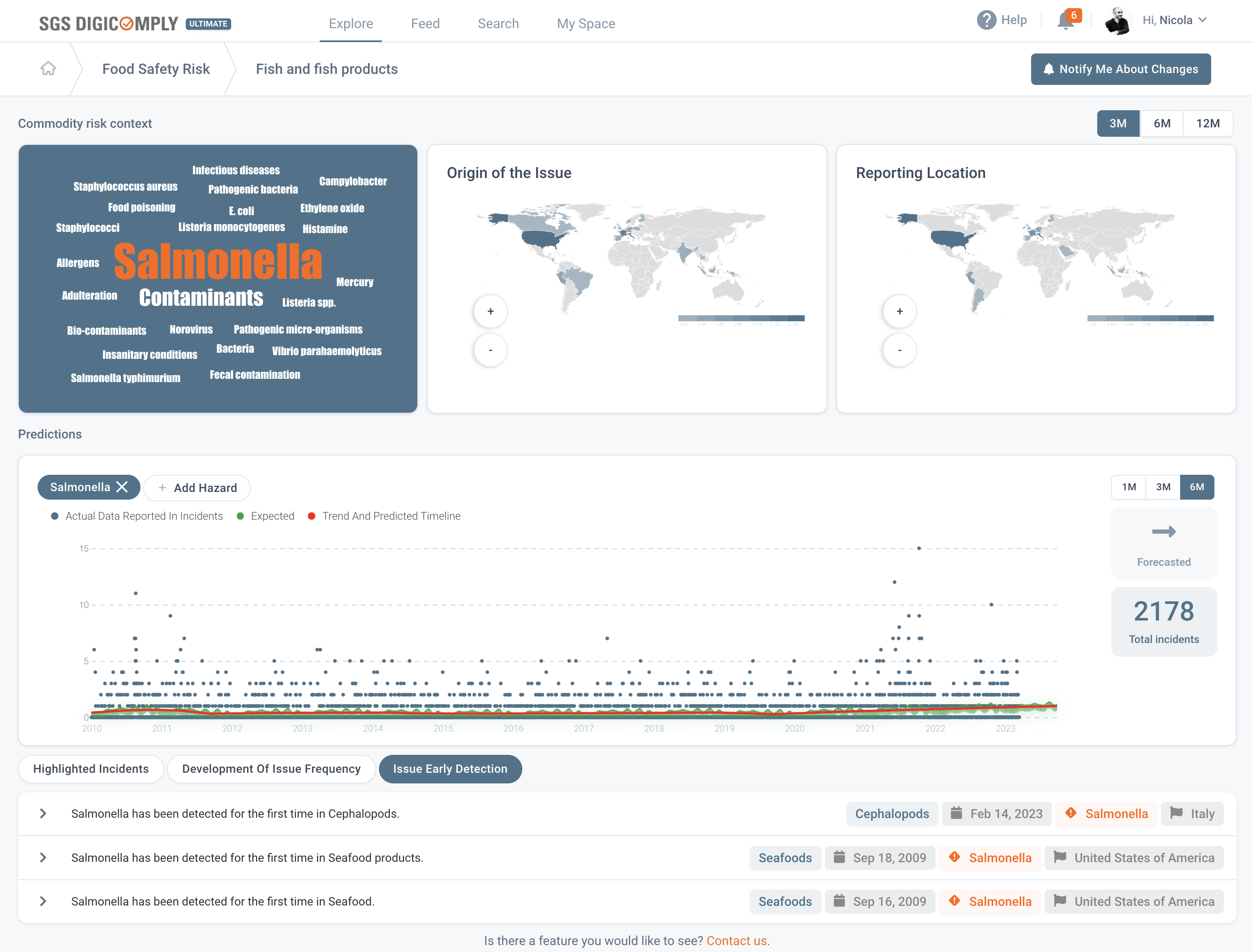Articles in this database are automatically generated by our AI system based on data from the Digicomply APP. While we strive for accuracy, the articles may not contain complete or verified information and are intended for informational purposes only. For accurate and reliable information, we recommend using SGS Digicomply or consulting verified sources and experts. All content is copyrighted; please credit SGS Digicomply (digicomply.com) when sharing.
On February 7, 2025, a significant incident concerning poor vegetation conditions in cereals was reported. The issue has been identified across multiple regions, indicating widespread concerns about the health and viability of cereal crops.
The origin of this problem spans various countries, including Nicaragua, southern Africa (specifically Zambia, Zimbabwe, Madagascar, and Botswana), as well as Cuba, Colombia, Honduras, Morocco, Tunisia, Kenya, Haiti, Sri Lanka, Somalia, Algeria, Peru, Namibia, Afghanistan, Mozambique, and Malawi.
This incident has been categorized as an outbreak, reflecting the urgent nature of the situation. The data has been sourced from the European Union Joint Research Centre (JRC), which monitors agricultural and environmental conditions across Europe and beyond. The findings highlight the challenges faced by cereal producers in these regions, emphasizing the need for close monitoring and further investigation into the factors contributing to the poor vegetation conditions.
- Incident: Poor vegetation conditions has been detected in Cereals.
- Date: 2025-02-07
- Product: Cereals
- Market: Available to SGS Digicomply users only. Explore the platform (for enterprises, no individual plans)
- Origin of issue: Nicaragua, southern Africa, Zambia, Zimbabwe, Madagascar, Botswana, Cuba, Colombia, Honduras, Morocco, Tunisia, Kenya, Haiti, Sri Lanka, Somalia, Algeria, Peru, Namibia, Afghanistan, Mozambique, Malawi
- Hazard: Available to SGS Digicomply users only. Explore the platform (for enterprises, no individual plans)
- Incident Category: Outbreak, Other incident
- Hazard Category: null
- Source: European Union Joint Research Centre (JRC)






